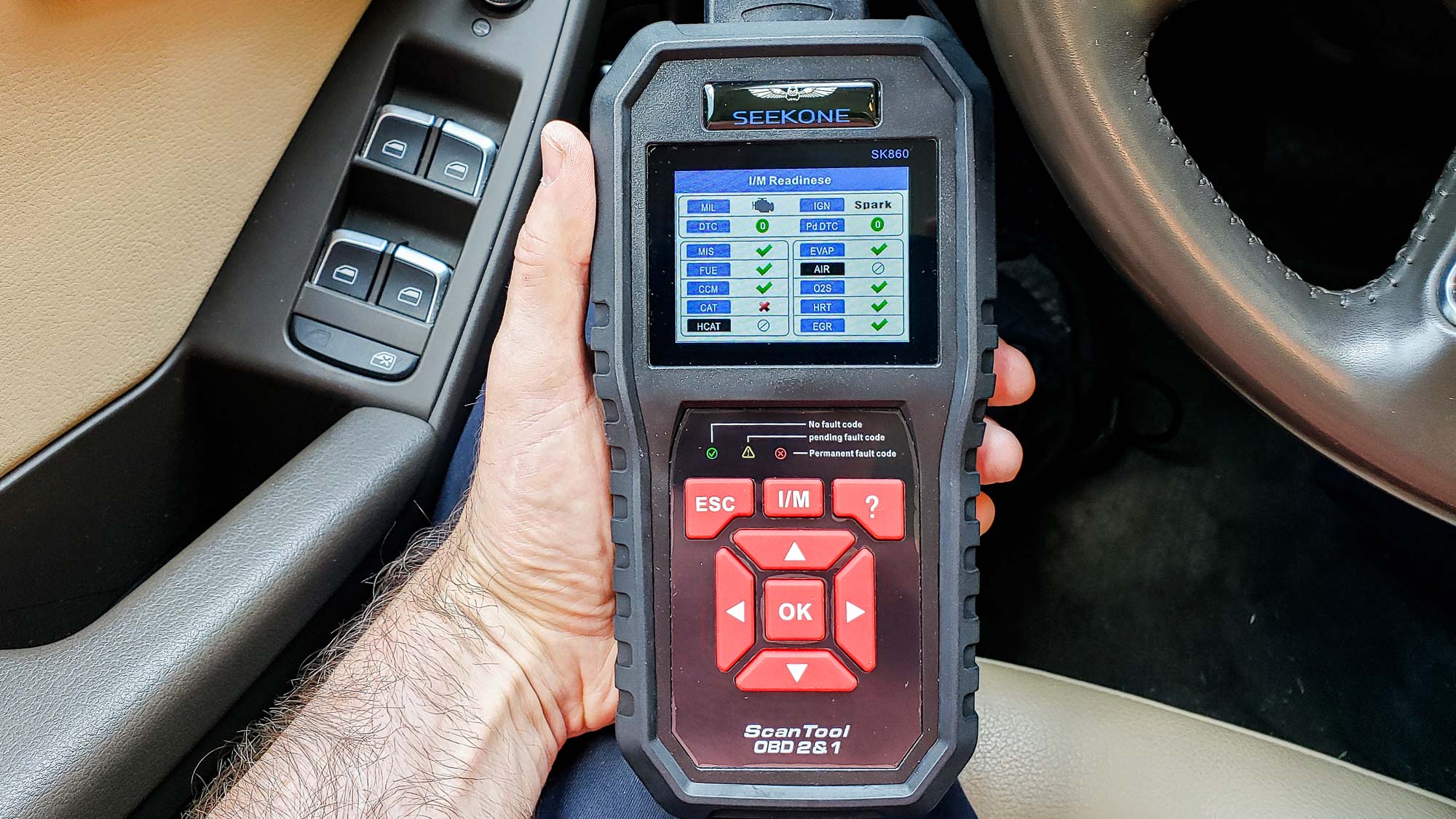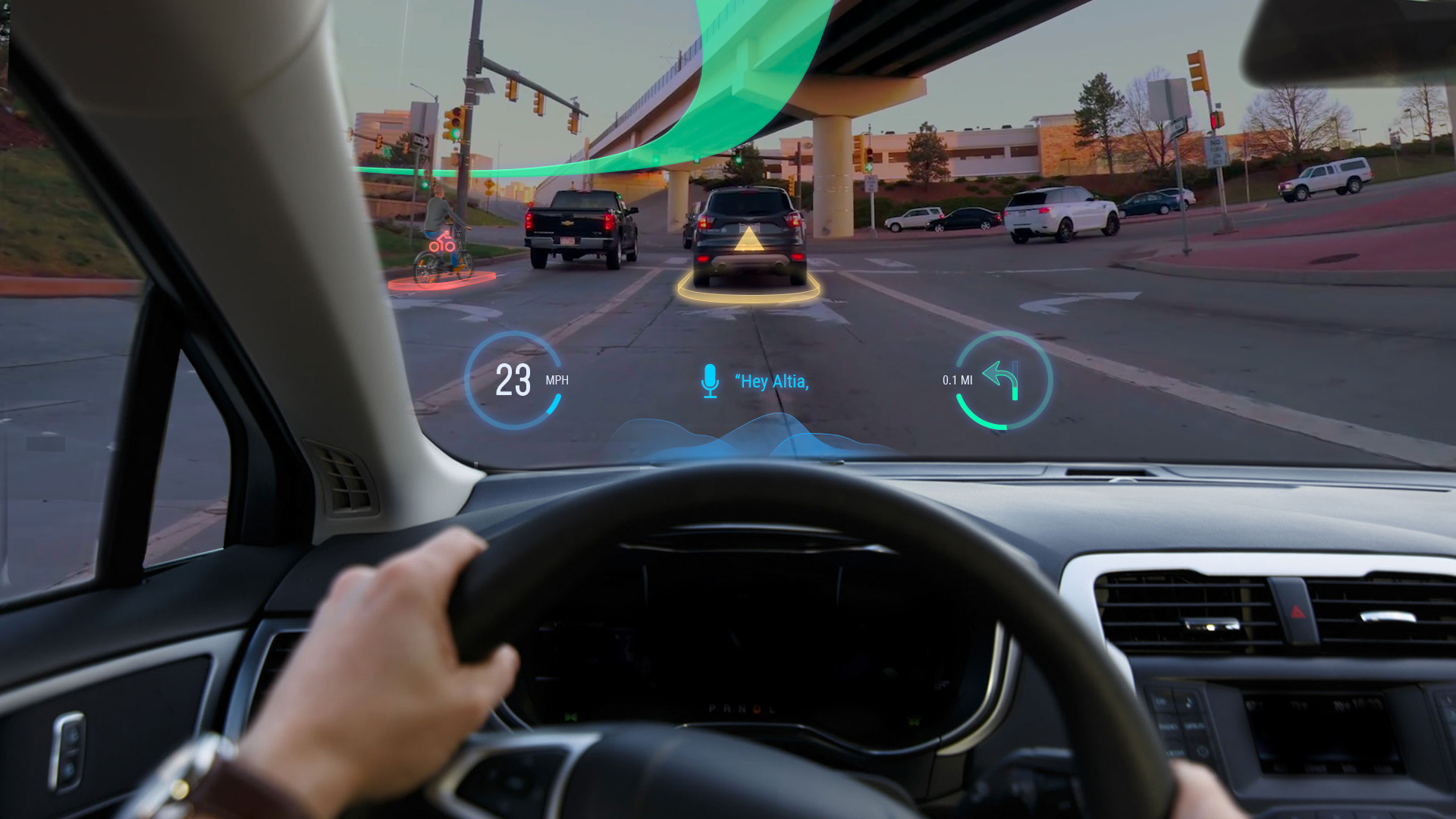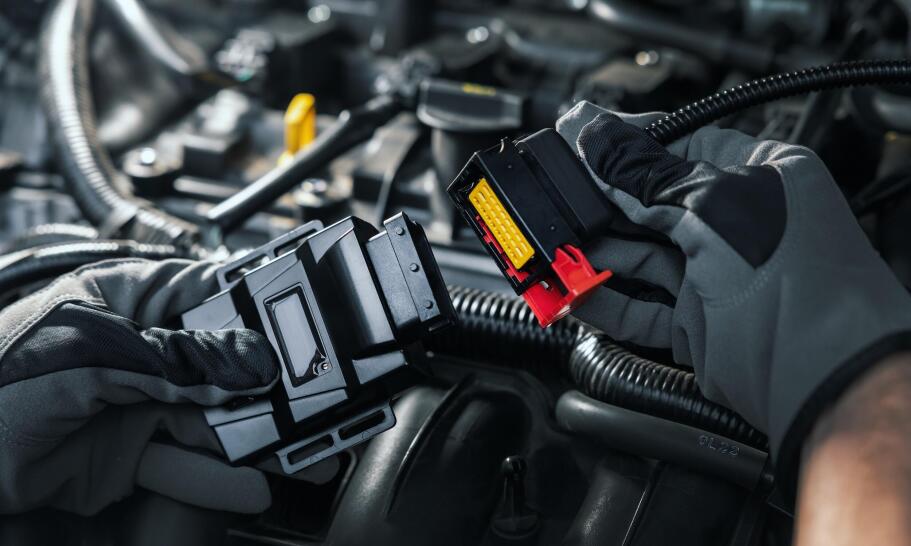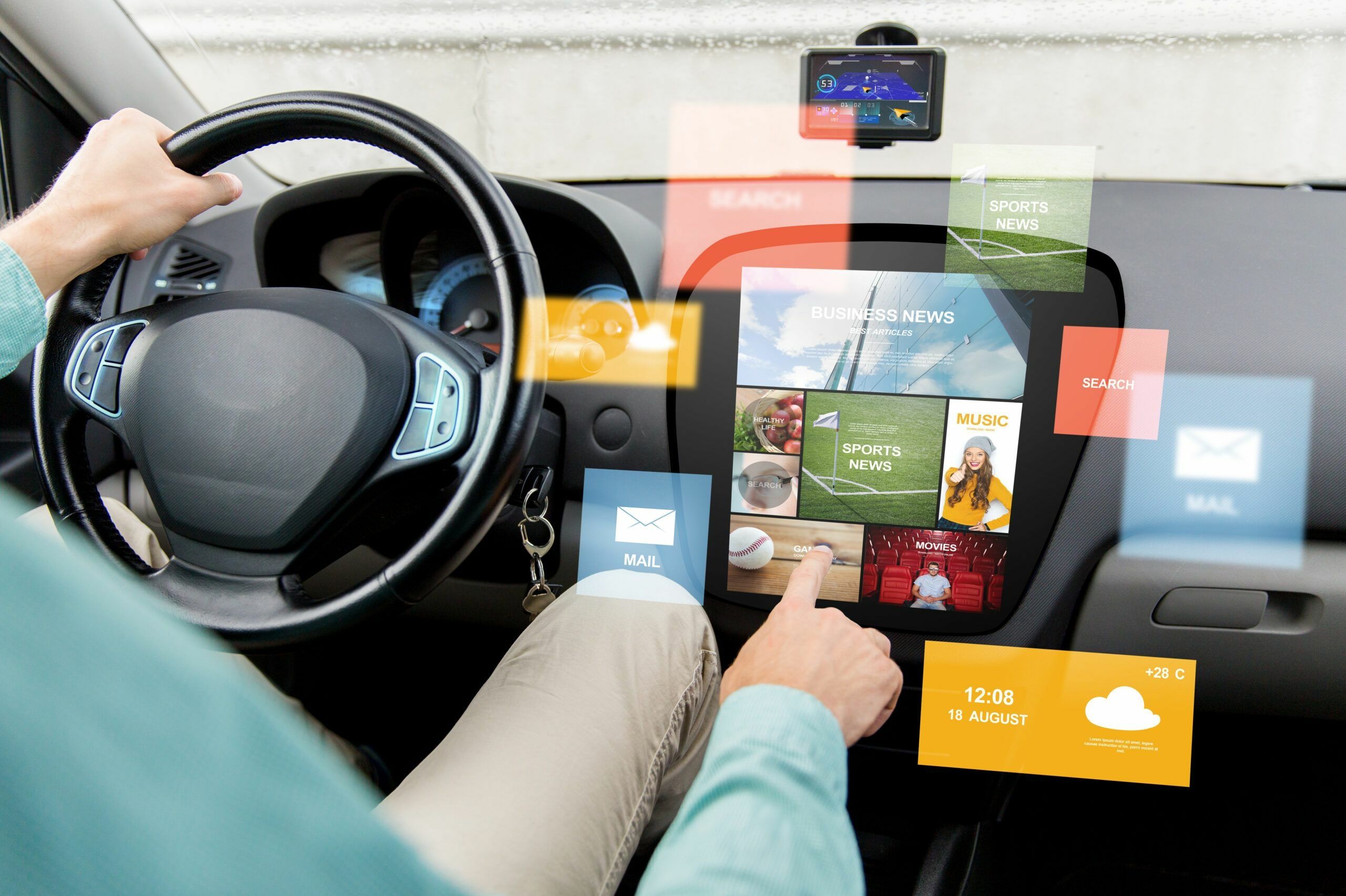Keeping a vehicle in good health is one of the most important responsibilities for every car owner. Ignoring or even being unaware about malfunctions in your car’s system may lead to serious consequences.
When something is broken and you keep driving without proper maintenance, it only creates more breakages inside the engine and other parts of your vehicle. One malfunction can create a domino effect, when other parts become vulnerable and get damaged faster. More breakages would in turn cost you more money. It also leaves a chance for you to get into a car crash. This is why we recommend checking your vehicle at a car mechanic at least once in six months.
Of course, if you don’t have an opportunity to go to a car service just yet, but want to have an idea what could be broken in your vehicle, there is a way to do a simple diagnostic yourself. Just remember that only a professional and a specialist in vehicles can cure your vehicle properly.
All modern cars have OBD-II systems installed inside them. OBD, which means On-Board Diagnostics, records all detected malfunctions and breakages in the form of trouble codes. Using specially designed car diagnostic tool called OBD scanner, anyone can read those codes and figure out the source of a problem.
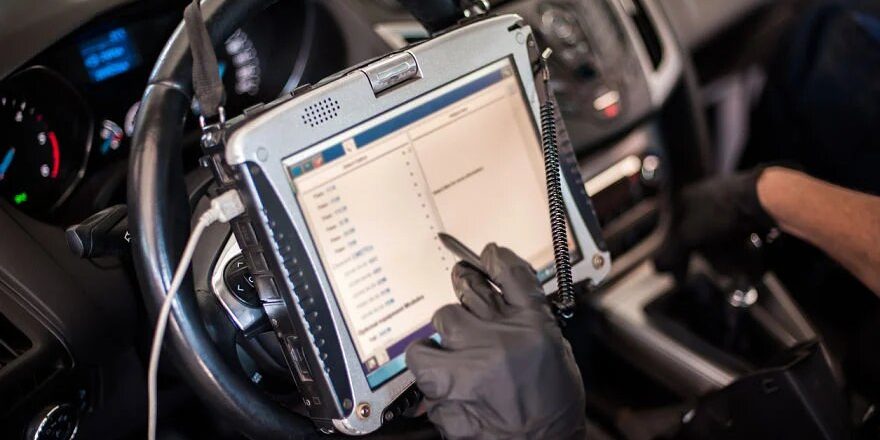
A Little About OBD Systems
First computers designed to monitor car’s healthy operation was installed in 1968 by Volkswagen. It was a breakthrough destined to help in doing more efficient repairs. Till this day On-Board Diagnostics keep helping mechanics and drivers. Refined and modernized for today’s vehicles, they make it possible to detect malfunctions faster. What’s even better, these codes are internationally applied, so it doesn’t matter which country produced your specific car.
On-Board Diagnostics make it possible to detect what parts of your vehicle wear out. With the help of OBD you can make repairs in time, or even before your vehicle breaks down with some serious malfunction. It can provide you with status information about the health of your engine, emission control systems and transmission.
When you take your vehicle to a car service, a professional mechanic will connect to your OBD using a code reader. You can do it at home by yourself if you buy an OBD code reader. Usually they don’t cost much, but mechanics tend to use more advanced tools.
You should know that it’s time to check OBD entries when you have Check Engine Light icon on your dashboard. If the icon isn’t active, but you still feel like something is wrong, it’s better not to ignore sings of malfunction and go to a mechanic.
Using OBD Code Reader
All cars manufactured after 1996 have OBD-II installed on board. If you have a car produced before 1996, it will probably have outdated OBD-I, a simple first OBD edition or none at all. You have to know which OBD is installed in your car before purchasing a code reader. Read user’s manual of your car if you are not sure which model you have.
Connecting your OBD scanner
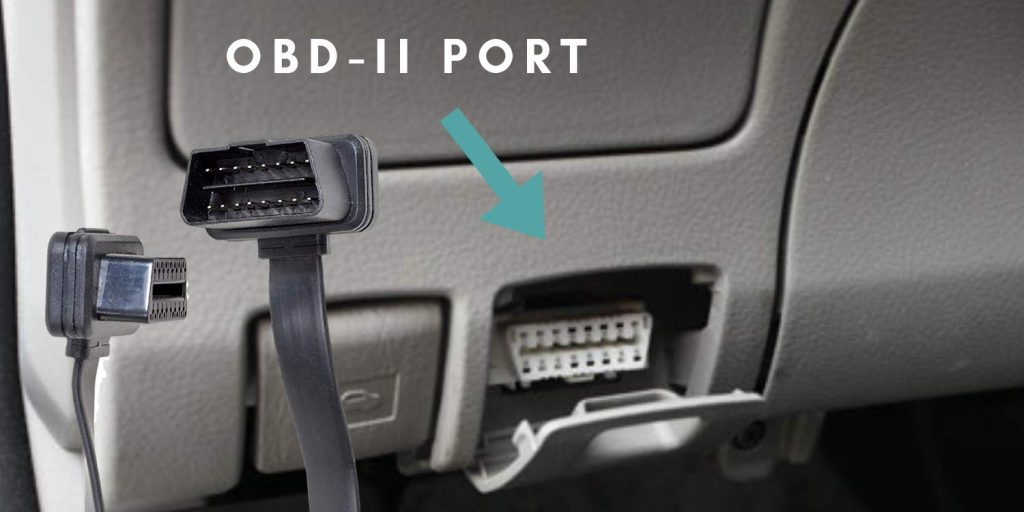
You will have to turn off the engine before connecting to OBD. Now search for a port, usually it’s located under the dashboard. It may be covered or hidden there.
Carefully plug into the connector then turn on the ignition. Do not start your engine. Your scanner will power up from the vehicle. If a screen of the code reader doesn’t light up, check the connection and try again, old cars may have overused ports.
If the device asks for additional information about your car, type it in correctly. Usually, it will ask to specify Vehicle Identification Number. Your code reader is now ready to do the scan.
Keep in mind that very rarely OBD Scanner requires you to turn the engine on. But if there are no codes in the system or Check Engine Light is off, try turning it on.
Next select Trouble Codes category in the menu. Inside this category you may have a few or many sub-categories. It depends on what scanner you use and how old your car is. These sub-categories will represent different systems OBD has supervision over. Definitively you will find Power Train or Engine category here, as well as Transmission, Brakes and so on.
Select a sub-category. You will have more choices, depending on your OBD system, but most certainly you will find Active Codes and Pending Codes. These two are crucially important for diagnostics.
Pending Codes represent isolated occurrences of suspected malfunctions. They are not verified as breakages by OBD yet. These codes would be either deleted if OBD will not confirm them as a malfunction, or moved to Active Code list, if they will repeat at least once again.
Active Codes are confirmed malfunctions, if at least one code happens to get in the list, it will light up Check Engine Light on the dashboard.
How To Read OBD Trouble Codes
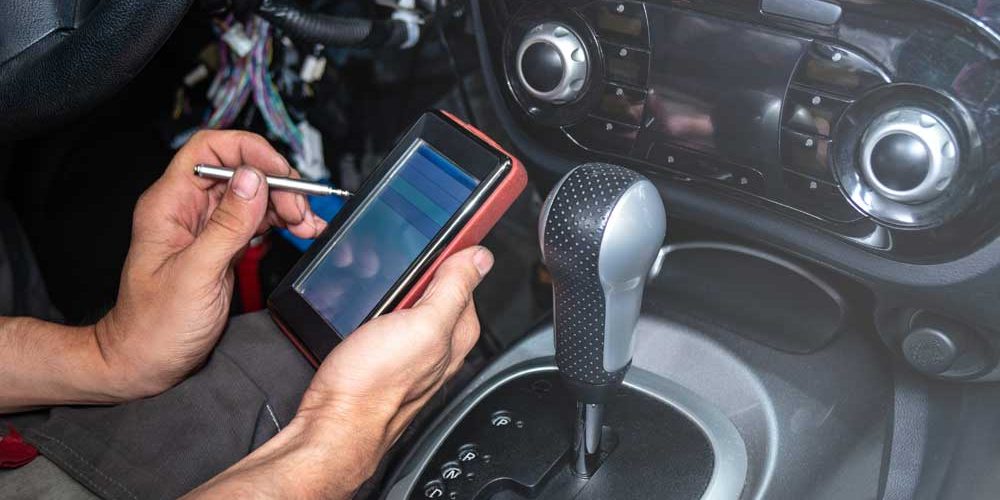
Every code has to start with a letter. A letter represents which parts of your vehicle malfunction.
1. P0 to P3 represent powertrain trouble codes. This is the main and the biggest collection of codes in the OBD program. Codes starting with P cover most of the engine problems, fuel failures and engine misfires, transmission and emission breakages.
2. Trouble codes that start with B represent body malfunctions, such as problems with seat belts and airbags.
3. Trouble codes that start with the letter C represent chassis malfunctions. They let you know if something is wrong with brake fluid circulation or anti-lock braking system. They also represent exhaust valves malfunction, sensors glitches and so on.
4. Codes that start with U are unspecified and cover everything that doesn’t fit into abovementioned categories or can have different reasons to malfunction.
Every first number after the letter represents which collection a trouble code applies to. Number 1 after the letter always means a collection of codes produced by your specific manufacturer. Numbers 0, 2 and 3 represent trouble codes that apply to any car manufacturer, no matter if it’s Toyota or Porsche.
Every second number after the letter represents which car system malfunctions. All other numbers tell you about a specific problem an OBD recorded.
I Know My OBD Trouble Code, What Do I Do Next?
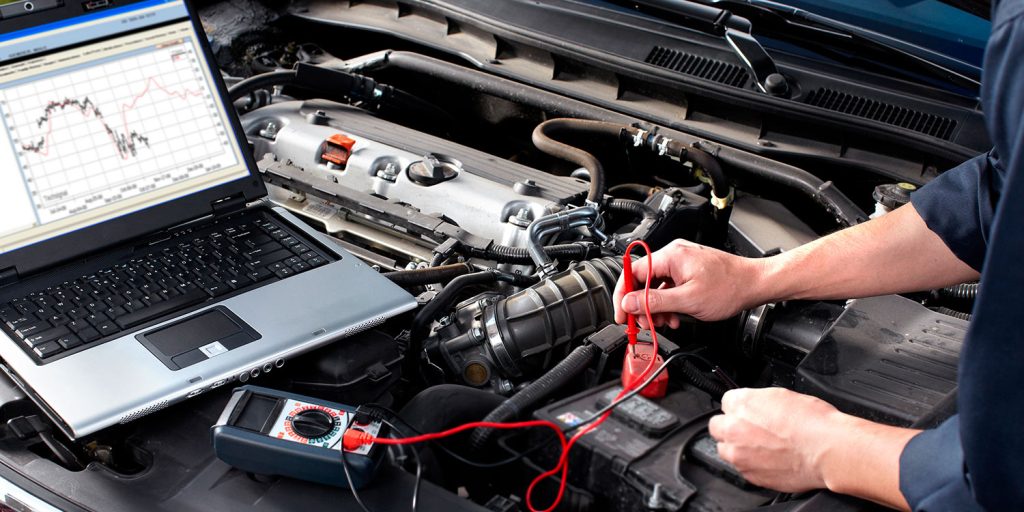
There is a full list of OBD trouble codes on the internet, just type in the code you got and you’ll know exactly what it means. You can tell the code directly to your car service, they can decipher it even through the phone.
It’s important to understand that a trouble code doesn’t exactly point you in the direction of a breakage. Sometimes it may show you what systems fail, while a completely different mechanism could be responsible for it.
That is why you shouldn’t deal with the breakage yourself. You absolutely should not reset your OBD using an OBD code reader, without repairing your breakage first. Deleting information about malfunctions may put you at risk, since it doesn’t resolve a root of the problem.
Write down codes you have learned and take your vehicle to a mechanic. It will help him identify a breakage faster and maybe it will cost you less.
Should I Buy an OBD Scanner?
If your car was manufactured after 1996, having your own OBD scanner comes in handy. Maybe you are stuck on the road, far from any service stations, and your Check Engine Light gets lighted up on the dashboard. It will take you only a few minutes to connect your OBD scanner and do a little check-up.
In return you will get a trouble code, which will help you be prepared for any unexpected events on the road. For example, knowing that something is wrong with your breaks will encourage you to drive slowly. If you’ll see that something is wrong with parts dealing with fuel, you’ll know that it’s no time to delay, so you will immediately drive to a nearest mechanic.
But if you have an old car, produced before 1996, it may be more reasonable just to inspect your car in a service more frequently, since old OBD models don’t cover all potential breakages.
